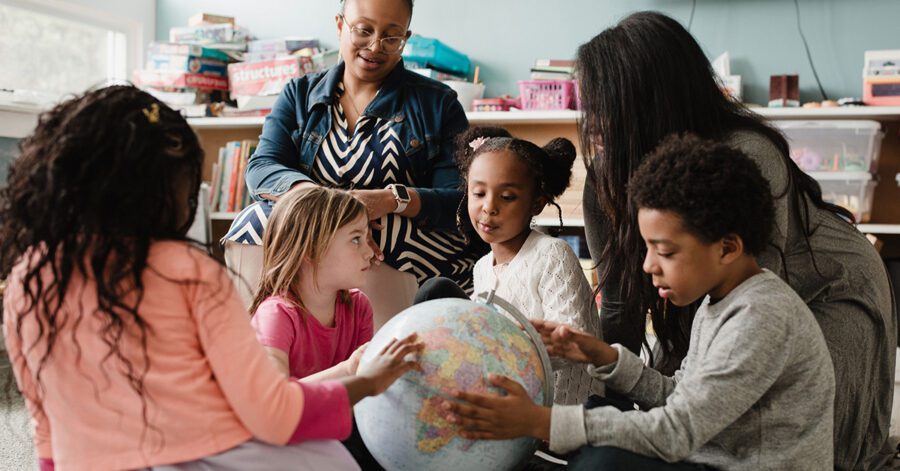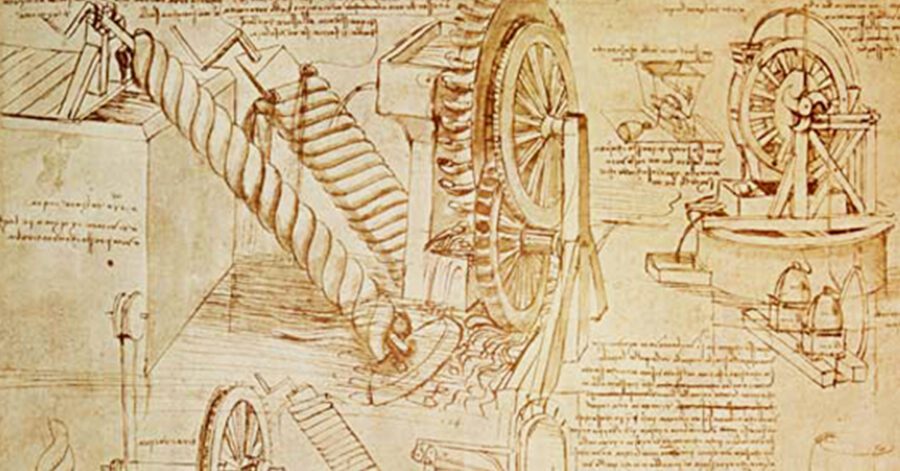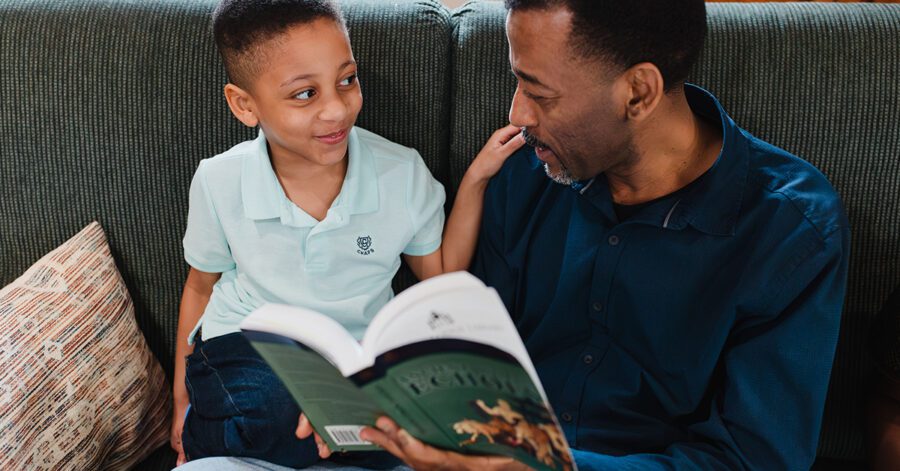Through history, we see God’s unfolding plan for humanity. We learn about both the incredible triumphs and the failures of humankind. As American historian David McCullough wrote: “History is a guide to navigation in perilous times. History is who we are and why we are the way we are.” We read and remember so that we may, in turn, act wisely.
Most of us do not need to be persuaded to study history the way we might need to be convinced to study fine arts or Latin but we need clear direction on how to study history classically. For the Grammar Stage student (ages 4-11), the answer is twofold: young students need to memorize and recite key information, and they need to be delighted by good stories. This memorization prepares grammar students to move into the Dialectic Stage (ages 12-13), when they begin to analyze historical events. Learning the stories of history not only builds core knowledge, but also activates and exercises students’ imaginations… which will then become fully engaged during the Rhetoric, or Poetic, Stage (ages 14-18).
Classical Conversations Foundations students complete one part of the puzzle—the memorization of core information—by memorizing a history timeline and the history sentences for each cycle every year. The goal is to repeat the information often enough so that it sticks for life. At home, families complete the second part of the puzzle—the enjoyment of good stories by reading good books together. The four volumes of Story of the World by Susan Wise Bauer are a rich source of historical tales. These can be supplemented with high quality picture books and historical novels if your family wants to dig deeper. The novels from Challenge A and B can be assigned as reading coursework, or can be read aloud to very young children. Parents desiring more suggestions may consult the Cycle 2 Resource List on the Classical Conversations Connected Community.
So, what does it look like to study history with younger children? Here are some practical suggestions from the Courtney home. Every morning, we review the timeline cards and the history sentence for the week. We usually do this at the breakfast or lunch table because I have a captive audience. If it is a really busy day, we shift this activity to the car (where I also have a captive audience). At the beginning of the year, we review the entire timeline every day. After a while, this becomes cumbersome and time consuming. So, we pick a place to start and move forward from there. We try to review the entire timeline once a week. Now that my children are older, I sometimes put my eleven-year-old in charge of reviewing the history cards with my nine and six-year-olds so that I can tend to the needs of the baby. Directly after our CC memory work, we turn to Story of the World.
While we listen to our history story, my children either color or play with blocks or Legos. After the story, I ask them to repeat the story back to me, or we discuss the questions that are in the companion guides. Yesterday, my family listened to a story about Peter the Great and his attempts to westernize Russia. We enjoyed the stories of how the Europeans were appalled by his rustic manners and dress, and we also had a perfect opportunity to review our Cycle 2 history song about the Age of Absolute Monarchs (in which Peter is featured. Today, we listened to the story of how the Ottoman Turks were unable to conquer Vienna, which was the home of the Holy Roman Emperor in the 1600s. We reviewed our Cycle 1 history song about Mohammed and Islam, which included a snippet about the Ottoman Empire. Most of our work is accomplished through conversation.
Dialectic and rhetoric students must begin to think more deeply about history while reviewing core knowledge. In the Challenge programs, students re-examine and add to their core history knowledge by creating history, philosophy, art, and music timelines of important people, events, ideas, and inventions. Students debate history topics, such as the causes of slavery and statehood for Puerto Rico. To practice rhetorical skills, students give music, philosophy, and art lectures. They perfect presentation skills by memorizing and delivering both historic and original speeches. They write research papers about different historical periods and topics. Building on core knowledge, students analyze history and practice the art of persuasion.
Let us delight in becoming wise by learning the lessons of the past!
____________________________________________
Parent Resources for History
Bortins, Leigh A. The Core: Teaching Your Child the Foundations of Classical Education. New York: Palgrave Macmillan, 2010. (see Chapter 8).
History Resource List for each Cycle
Classical Conversations Connected Community
Follow this link to find a community:https://classicalconversations.com/community-search/
Follow this link to login:https://ccconnected.com/
For great American Documents and Speeches to read or copy:
Words Aptly Spoken: American Documents. Seven Lakes, NC: Classical Conversations MultiMedia.
Bauer, Susan Wise. Story of the World, Volumes 1-4. Charles City, Virginia: Peace Hill Press, 2004.
Follow this link to the CC Bookstore: https://classicalconversationsbooks.com/
To read Jennifer’s other articles about The Core, click on the links below:
- The Core Chapters 1-3: Back to School (Exploring the Classical Model)
- The Core Chapter 4: The Core of a Classical Education Reading
- The Core Chapter 5: The Core of a Classical Education: Writing
- The Core Chapter 6: The Core of a Classical Education: Math
- The Core Chapter 7: The Core of a Classical Education: Geography
- The Core Chapter 8: The Core of a Classical Education: History
- The Core Chapter 9: The Core of a Classical Education: Science
- The Core Chapter 10: The Core of a Classical Education: Fine Arts




